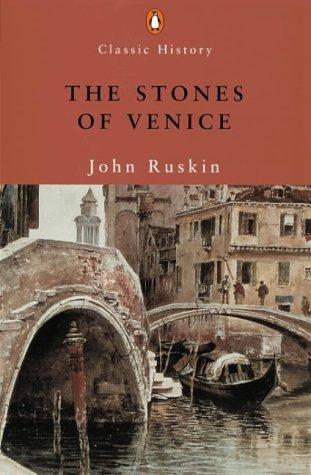With this movement they brought a lot of changes for the society of that times. It was born of ideals. Because before that it happened Industrial revolution, this movement was full of effect of it. It changes everything, starting from lives of ordinary people, through designs, traditional skills etc. Everything was changed so now they had a new set of principles for living and working. This movement was like no other movement before.
The two most influential figures were John Ruskin and William Morris.
Burne- Jones said ones about Morris: ''When I first knew Morris nothing would content him but being a monk, and getting to Rome, and then he must be an architect, and apprenticed himself to Street, and worked for two years, but when I came to London and began to paint he threw it all up, and must paint too, and then he must give it up and make poems, and then he must give it up and make window hangings and pretty things, and when he had achieved that, he must be a poet again, and then after two or three years of Earthly Paradise time, he must learn dyeing, and lived in a vat, and learned weaving, and knew all about looms, and then made more books, and learned tapestry, and then wanted to smash everything up and begin the world anew, and now it is printing he cares for, and to make wonderful rich-looking books - and all things he does splendidly - and if he lives the printing will have an end - but not I hope, before Chaucer and the Morte d'Arthur are done; then he'll do I don't know what, but every minute will be alive." So from that we know that Morris was very diverse person. But from all that, that he was doing in his life he is best known for his pattern designs on fabrics and wallpapers. His work was key in design that we know today. He believed that a designer should have knowledge in any media, so that was how he was doing. He also founded the Kelmscott Press which published high quality hand bound books. It was very influential in the revival of the private press. His works were very colourful, creative and innovative for that time. Strong bold lines with a lot of depth.
'Windrush' , 1881-1883
'African Marigold' 1876
'The Nature of Gothic' , Kelmscott Press 1892
John Ruskin
He was the greatest British Art critic and social commentator of the Victorian age. He was no affraid of anyone and he was attacking the worst aspects of industrialisation and promoted art education. His statements are timeless. Ruskin provided materials such as The Poetry of Architecture, The Seven Lamps of Architecture, The Stones of Venice, Mornings in Florence and The Bible of Amiens.
He created the Guild of St. George, which is still continues till today. He taught many people to draw which represents him as a great person.After his death he left extraordinary range of achivements: Notebooks in which he recorded events, ideas and cloud formations, sketched the Stones of Venice and the geological strata of the Alps, poems, lectures, drawings in which he learned to observe the world in great detail, phothographs and deguerrotypes, literary manuscrtipt etc.
References:
William Morris - The Arts and Crafts Movement. 2013. William Morris - The Arts and Crafts Movement. [ONLINE] Available at:http://www.artyfactory.com/art_appreciation/graphic_designers/william_morris.html. [Accessed 18 November 2013].
William Morris : Biography. 2013. William Morris : Biography. [ONLINE] Available at: http://www.spartacus.schoolnet.co.uk/Jmorris.htm. [Accessed 18 November 2013].
The Arts & Crafts Movement - Victoria and Albert Museum. 2013. The Arts & Crafts Movement - Victoria and Albert Museum. [ONLINE] Available at:http://www.vam.ac.uk/content/articles/t/the-arts-and-crafts-movement/. [Accessed 18 November 2013].
John Ruskin. 2013. John Ruskin. [ONLINE] Available at:http://www.historygraphicdesign.com/index.php/the-industrial-revolution/the-arts-and-crafts-movement/358-john-ruskin. [Accessed 18 November 2013].
Re

No comments:
Post a Comment